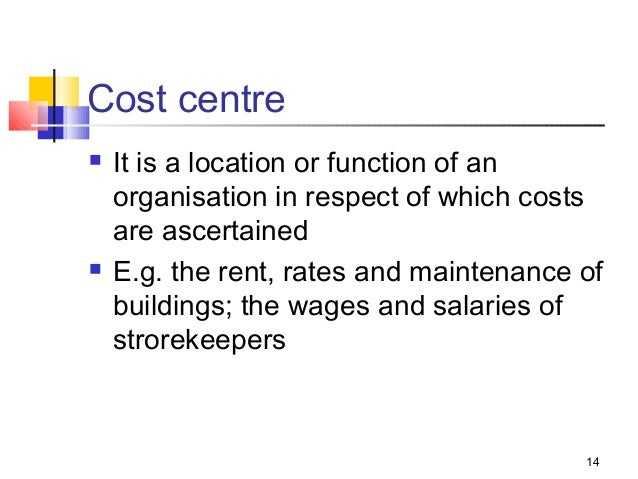
Whoever is in charge of your nonprofit’s expenses needs to know what percentage of costs are associated with the time spent on planning and hosting the event. However, you also have to think about things like staff hours worked. The table rentals are going to be a direct expense, because you know exactly what event they’re being used for. For example, say your nonprofit is hosting a fundraising event. Unlike direct costs, assigning indirect costs isn’t so black and white. In a nonprofit, this might include projects, departments, or fundraisers. It’s hard to break these items down into allocations, because they’re used for both administrative purposes and other programs.Ĭost allocation is the process of assigning costs to a specific area of the business. This includes costs that are associated with running the nonprofit as a whole, such as administrative salaries, rent, office supplies, etc.

Indirect costs are finances that can’t be allocated to a specific product, project, service, etc. What are indirect costs and cost allocation?

Cost allocation is the best way to make sure your nonprofit is spending its funds accurately, staying compliant, fulfilling the organization’s goals and mission, and optimizing funds in the most efficient way possible. For nonprofits specifically, it can make or break your efforts in securing funding for the coming quarter, month, and/or year. It’s critical in ensuring your business is making data-driven decisions. Job costing is a tedious, yet necessary process.


 0 kommentar(er)
0 kommentar(er)
